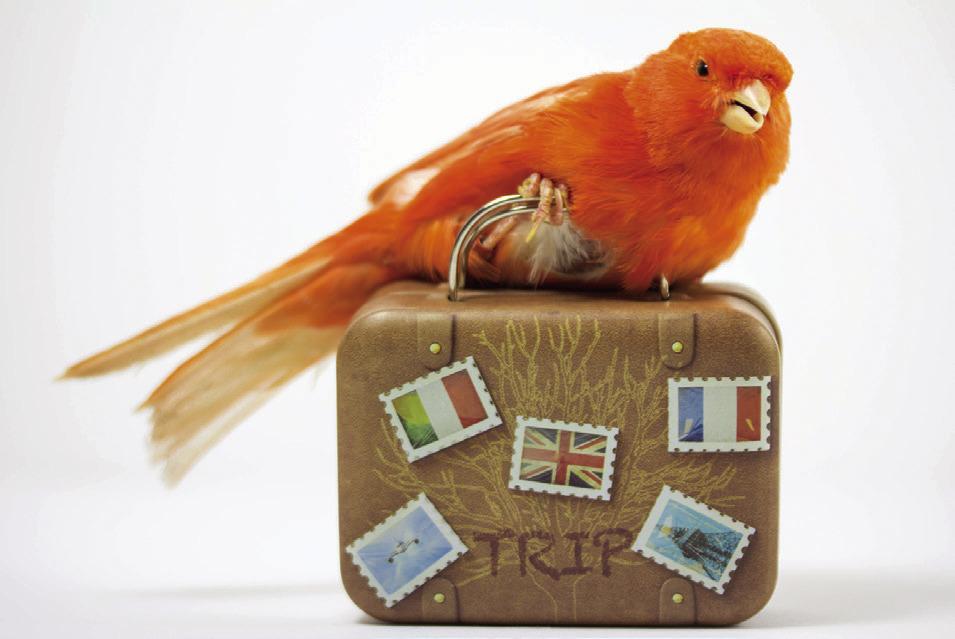
Birds do an amazing job traveling from one place to another.
Photo from Metro Creative

Exploring Nature: Navigating Birds
Birds are quite amazing in their ability to navigate.
They do a great job of traveling from one place to another, often over long distances. Consider the homing pigeon, famous for being able to find its way home, even after being released hundreds of miles away.
How do they do it? Well, during the day, birds can use the position of the sun to navigate, adjusting their flight direction as the sun moves across the sky. At night, they use positions of constellations to determine their direction. Also, they can detect the earth’s magnetic field and use it as a compass.
If that’s not amazing enough, there is also evidence that birds have special proteins in their eyes that can detect the earth’s magnetic field. Put another way, birds use quantum physics to go about their daily lives.
It all takes place in the eyeball of a common bird.
However, while they are excellent navigators, birds do sometimes get lost. High winds and turbulence can upset their flight plans.
A classic example happened in 2018, when a lone great black hawk, usually found in Mexico and Argentina, was famously documented leaving Texas in April and arriving in Maine in August.
This was a climatic disaster for the poor hawk since the tropical bird was not equipped for a Maine winter. By January, it had died from exposure in the bone-chilling winter of 2019.
The wayward hawk is still remembered however. A commemorative statue was erected in Portland, Maine, close to the hawk’s former perching tree in Deering Oaks Park.
A most fitting tribute to a helplessly hapless hawk.











